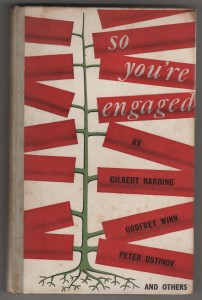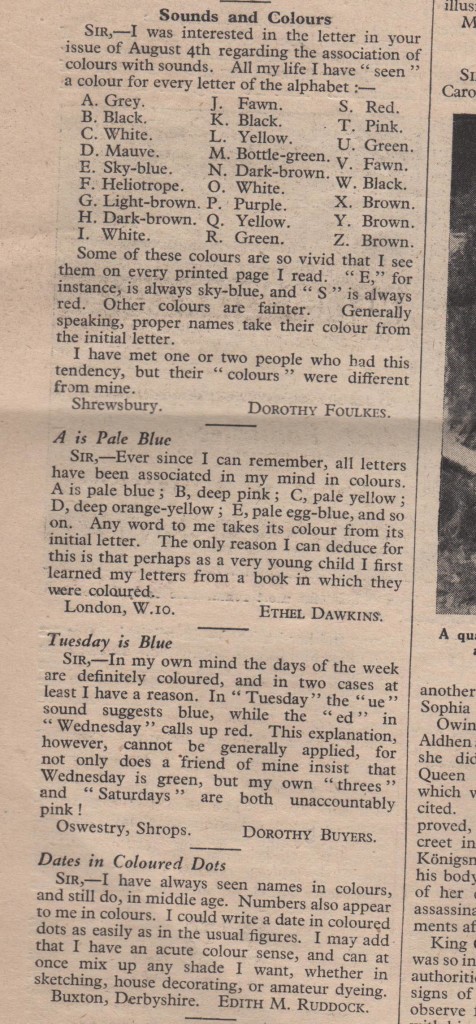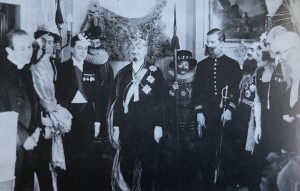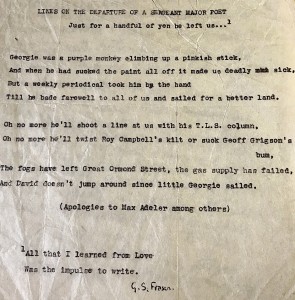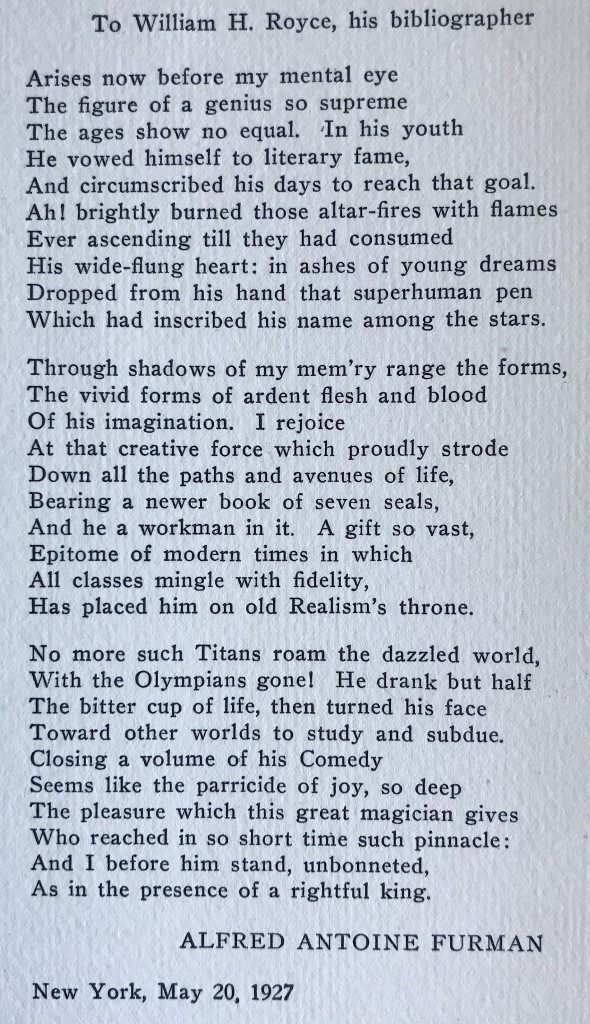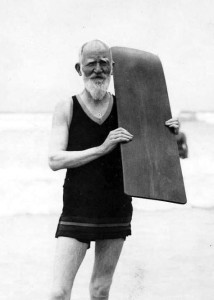 Discovered in an October 1st 1949 issue of The Leaderis this contemporary account of smuggling in Ireland by veteran Marxist ‘ trouble-maker’ and later Private Eye journalist Claud Cockburn (1904 – 81). It should interest anyone bored stiff by the Brexit debate over whether there should be a ‘hard’ or a ‘soft’ border between Northern Ireland and the Republic. It is also written by someone with a special knowledge of life in Ireland. Cockburn had emigrated to Ardmore, Co. Waterford, in 1947 and died in Cork thirty-four years later.
Discovered in an October 1st 1949 issue of The Leaderis this contemporary account of smuggling in Ireland by veteran Marxist ‘ trouble-maker’ and later Private Eye journalist Claud Cockburn (1904 – 81). It should interest anyone bored stiff by the Brexit debate over whether there should be a ‘hard’ or a ‘soft’ border between Northern Ireland and the Republic. It is also written by someone with a special knowledge of life in Ireland. Cockburn had emigrated to Ardmore, Co. Waterford, in 1947 and died in Cork thirty-four years later.
Back in the austere post-war years, when rationing was affecting the eating habits of British citizens, whether at home or in restaurants , the farmers and smallholders of neutral Ireland and the crooked businessmen of the six counties were in a position to evade the customs authorities and the police through smuggling.
The lush Republic, with its rain-fed pastures and potato fields was poor financially compared to the UK, but rich in food of all kinds. Smuggling had been going on since the War had begun in 1939, but in these ten years the authorities had learnt much about the methods of the offenders. According to Cockburn:
‘ The days are gone when you could sit peacefully in the dining-car of the Dublin-Belfast express, murmuring that you had nothing to declare, while sipping slowly at a glass of good black Guinness with a few hundred pounds worth of jewellery nestling in the dark heart of the drink…’ Continue reading

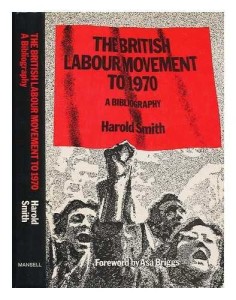
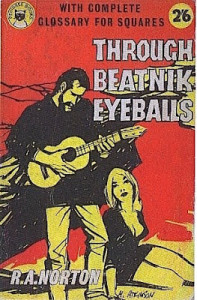
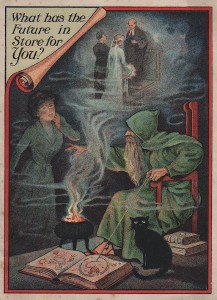
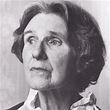
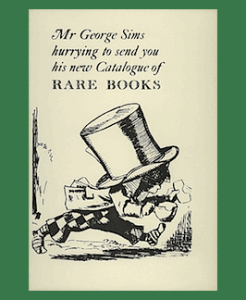
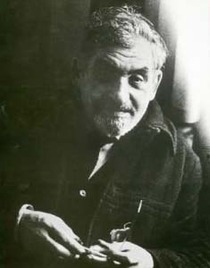 Found among some papers at Jot HQ, three photocopied pages of a panegyric by poet William Oxley to his better known poet and friend Hugo Manning (1913 – 77). Entitled ‘ The Scapegoat and the Muse ‘ it lavishes praise on a man who appears to have been a larger than life character in the mould perhaps of his friend Dylan Thomas, who was his junior by a few months and from whose work he drew inspiration. But Manning, in Oxley’s eyes, seems to have been an amalgam of so many attributes:
Found among some papers at Jot HQ, three photocopied pages of a panegyric by poet William Oxley to his better known poet and friend Hugo Manning (1913 – 77). Entitled ‘ The Scapegoat and the Muse ‘ it lavishes praise on a man who appears to have been a larger than life character in the mould perhaps of his friend Dylan Thomas, who was his junior by a few months and from whose work he drew inspiration. But Manning, in Oxley’s eyes, seems to have been an amalgam of so many attributes: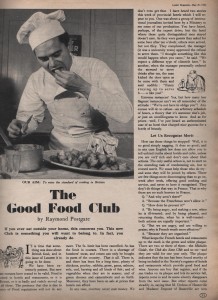
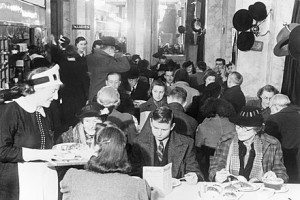 Leonard P Thompson, is a complaint about the ‘catchpenny ‘afternoon teas served up by typical road houses and other mediocre eating places.
Leonard P Thompson, is a complaint about the ‘catchpenny ‘afternoon teas served up by typical road houses and other mediocre eating places.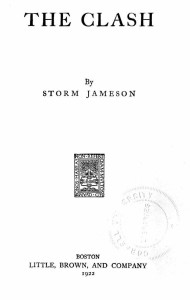
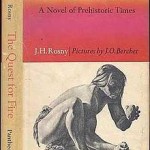 La Guerre du Feu, an early fantasy novel, probably written by Joseph Henri Honore Boex (1856 – 1940), one of two Belgian brothers who often wrote fiction together under the pseudonym J.H Rosny-Aine. was published in 1911 by the Bibliotheque-Charpentier in Paris. It is said to have been first translated into English by Harold Talbott in 1967. If this is true, it is odd that the acclaimed journalist and translator Eric Mosbacher in his note of 8.5.1979 ( shown) stated that this ‘ remarkably uninspired story’ was ‘ totally undeserving of translation ‘ and that the Souvenir Press should decline it. It is possible, of course, that a translation into a language other than English was proposed. Mosbacher translated from French, Italian and German.
La Guerre du Feu, an early fantasy novel, probably written by Joseph Henri Honore Boex (1856 – 1940), one of two Belgian brothers who often wrote fiction together under the pseudonym J.H Rosny-Aine. was published in 1911 by the Bibliotheque-Charpentier in Paris. It is said to have been first translated into English by Harold Talbott in 1967. If this is true, it is odd that the acclaimed journalist and translator Eric Mosbacher in his note of 8.5.1979 ( shown) stated that this ‘ remarkably uninspired story’ was ‘ totally undeserving of translation ‘ and that the Souvenir Press should decline it. It is possible, of course, that a translation into a language other than English was proposed. Mosbacher translated from French, Italian and German.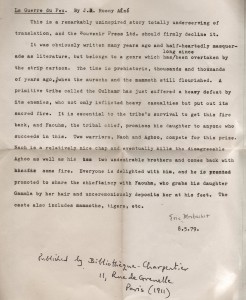
 Banned books: No 12: Lummox by Fannie Hurst
Banned books: No 12: Lummox by Fannie Hurst